The largest exhibition ever on Alceo Dossena (Cremona, 1878 - Rome, 1937): this is Il falso nell’arte. Alceo Dossena and Italian Renaissance Sculpture, an exhibition scheduled at the Mart in Rovereto from October 3, 2021 to January 9, 2022, the brainchild of Mart president Vittorio Sgarbi and curated by Dario Del Bufalo and Marco Horak. In the rooms of the Trentino museum, it is possible to admire the largest nucleus of works by the great Cremonese forger ever offered to the public so far. Dossena, known for his works that could perfectly imitate the masterpieces of Medieval and Renaissance artists such as Donatello, Nino Pisano, Giovanni Pisano, Andrea del Verrocchio and others, succeeded with his talent to fool many experts, and several of his works were purchased in the 1920s for prestigious private collections and relevant American public museums.
For the first time, the exhibition, through a selection of works arriving from public institutions and private collections (in particular the private collection of Dario Del Bufalo and that of the Cavallini Sgarbi Foundation), traces Alceo Dossena’s career by exhibiting works (portraits, Madonnas, figures of saints, but also two statues that imitated ancient Greek sculpture) attributed from time to time to Giovanni and Nino Pisano, to Simone Martini, to Vecchietta, to theAmadeo, to Donatello, to Mino da Fiesole, to Desiderio da Settignano, to Andrea del Verrocchio, to Antonio Rossellino, and to other famous masters of the past. Dossena was able to produce forgeries that ranged from Etruscan to contemporary art, and what deceived buyers most of all was the originality of his inventions: Dossena, in fact, did not just copy, but invented compositions that managed to be believable, however, because they were made in the style of the different artists Dossena imitated. Indeed, the forger was able to enter into the body and spirit of the forms, mixing suggestions from the highest Italian sculpture with his personal sensibility.
Dossena’s works were able to be passed off as originals thanks to two traffickers (Alfredo Fasoli and Alfredo Pallesi) who hired him, giving him a monthly salary, and began to spread his forgeries, spreading the news that such a large influx of Medieval and Renaissance works on the market was due to the discovery of the remains of a fictitious ancient Tuscan abbey destroyed during an earthquake, and from the ruins of which considerable treasures had emerged. Coming out of the closet, Dossena tried to present himself as an independent artist and even managed to exhibit: his exhibitions were held at the Micheli Gallery in Milan, from 1929, in the historic Fiamma Exhibition Hall in Rome in 1931. For Dossena also a posthumous retrospective, in 1956, in the halls of the Press Association. The aim of the Rovereto exhibition is to “leave a profound mark in the field of studies on the complex, enigmatic and fascinating figure of the Cremonese sculptor,” as the presentation states, but also to contribute “to the debate on the meaning of art itself and its meanings, as well as on the role of museums, suggesting questions of an exquisitely museological scope.” In fact, other recent forgeries, in addition to Dossena’s, are on display: there are the three “Modigliani” heads that were the protagonists of the very famous hoax in 1984 (when three young people from Leghorn threw three heads made by them into the Fosso Reale in Leghorn and believed, however, to be Modigliani’s by a good part of the critics), and some works by Lino Frongia, a painter who has recently been accused of having made and contributed to the sale of some forgeries purchased from French museums (the trial is still ongoing). The exhibition is accompanied by a catalog published by L’Erma di Bretschneider with essays by curators Dario Del Bufalo and Marco Horak and Vittorio Sgarbi, and critical texts by Rodolfo Bona, Roberta Ferrazza, Andrea Baldinotti, Marco Tanzi, Emanuele Pellegrini, and Romolo Magnani.


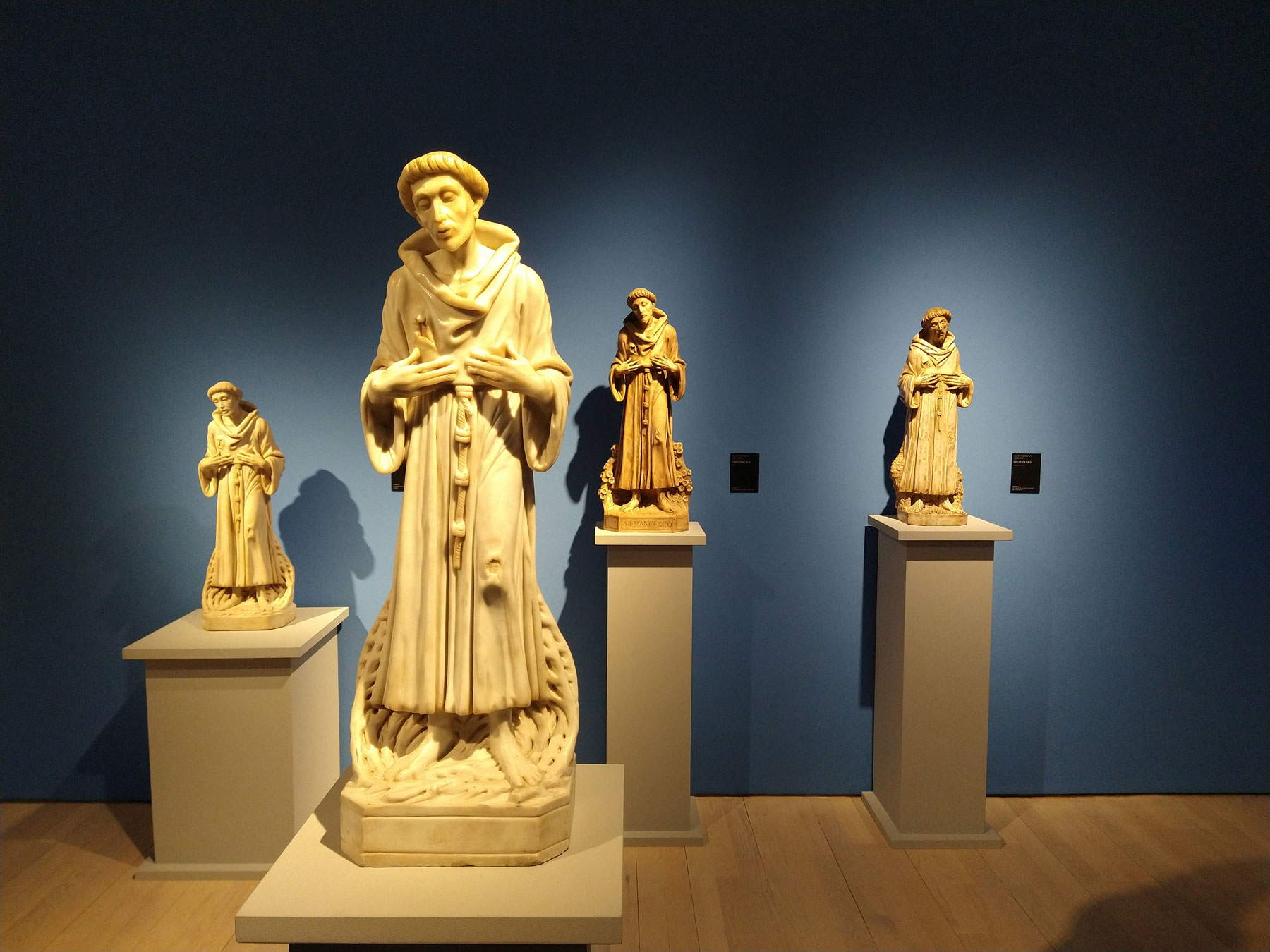
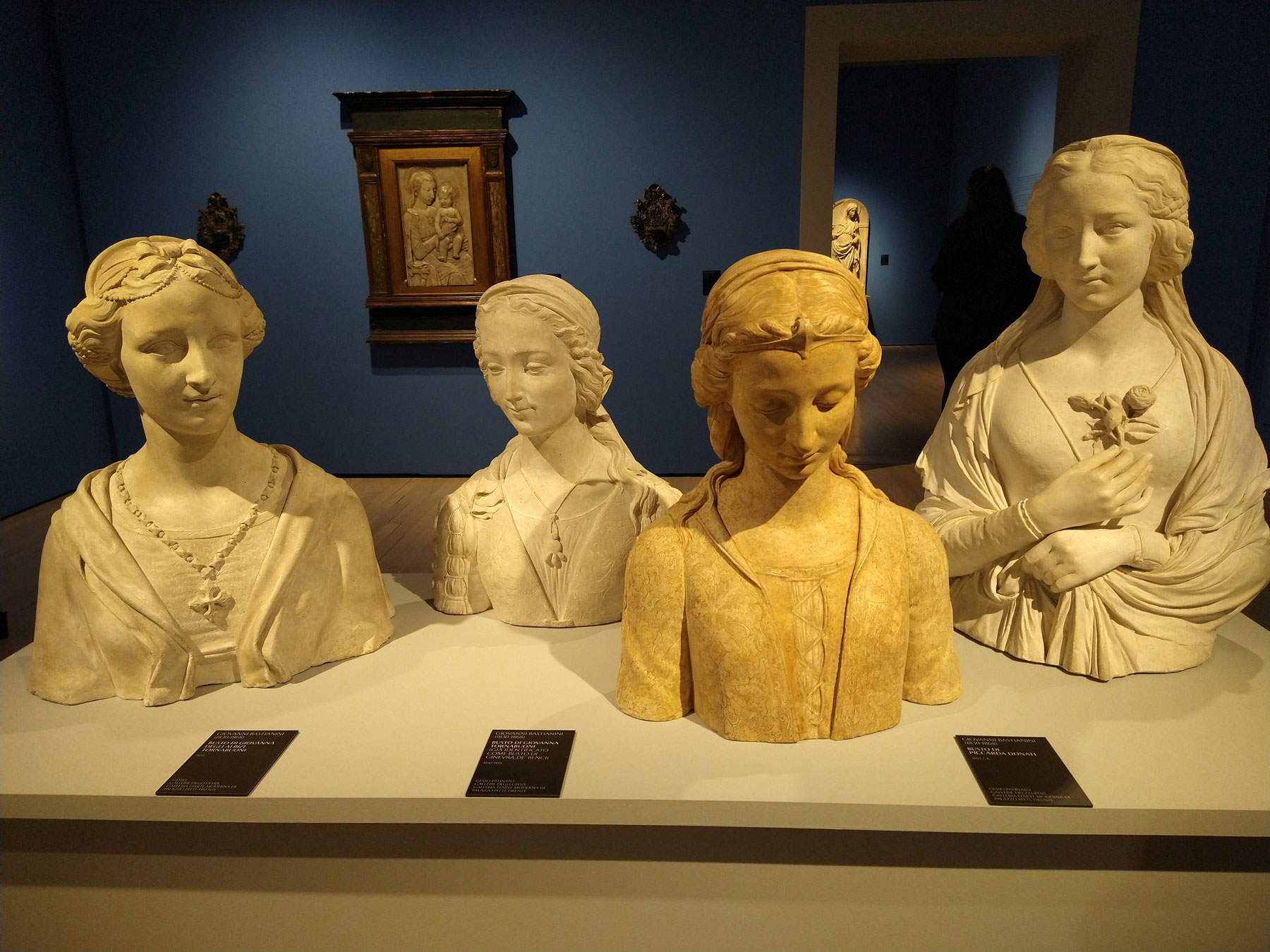
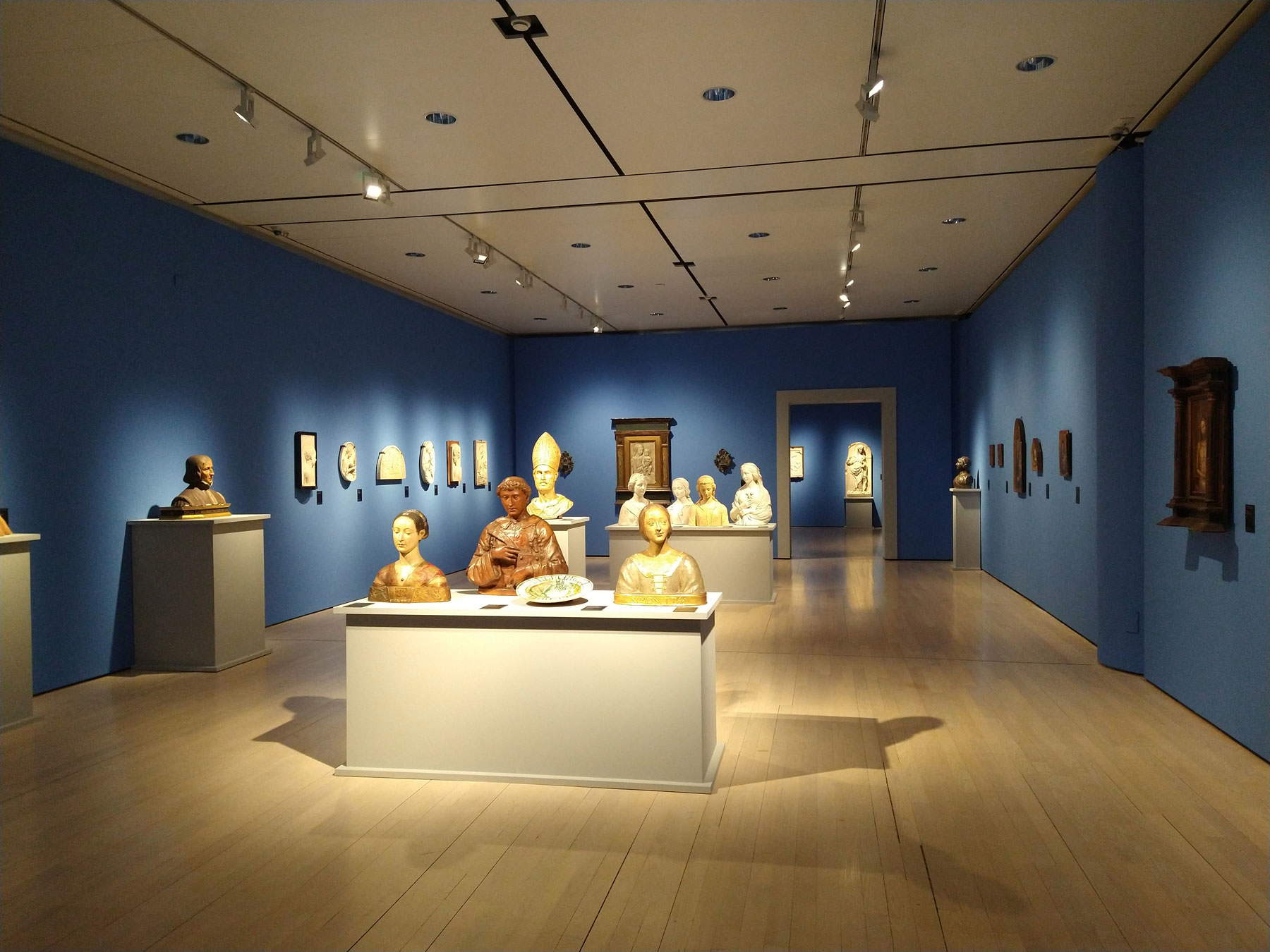
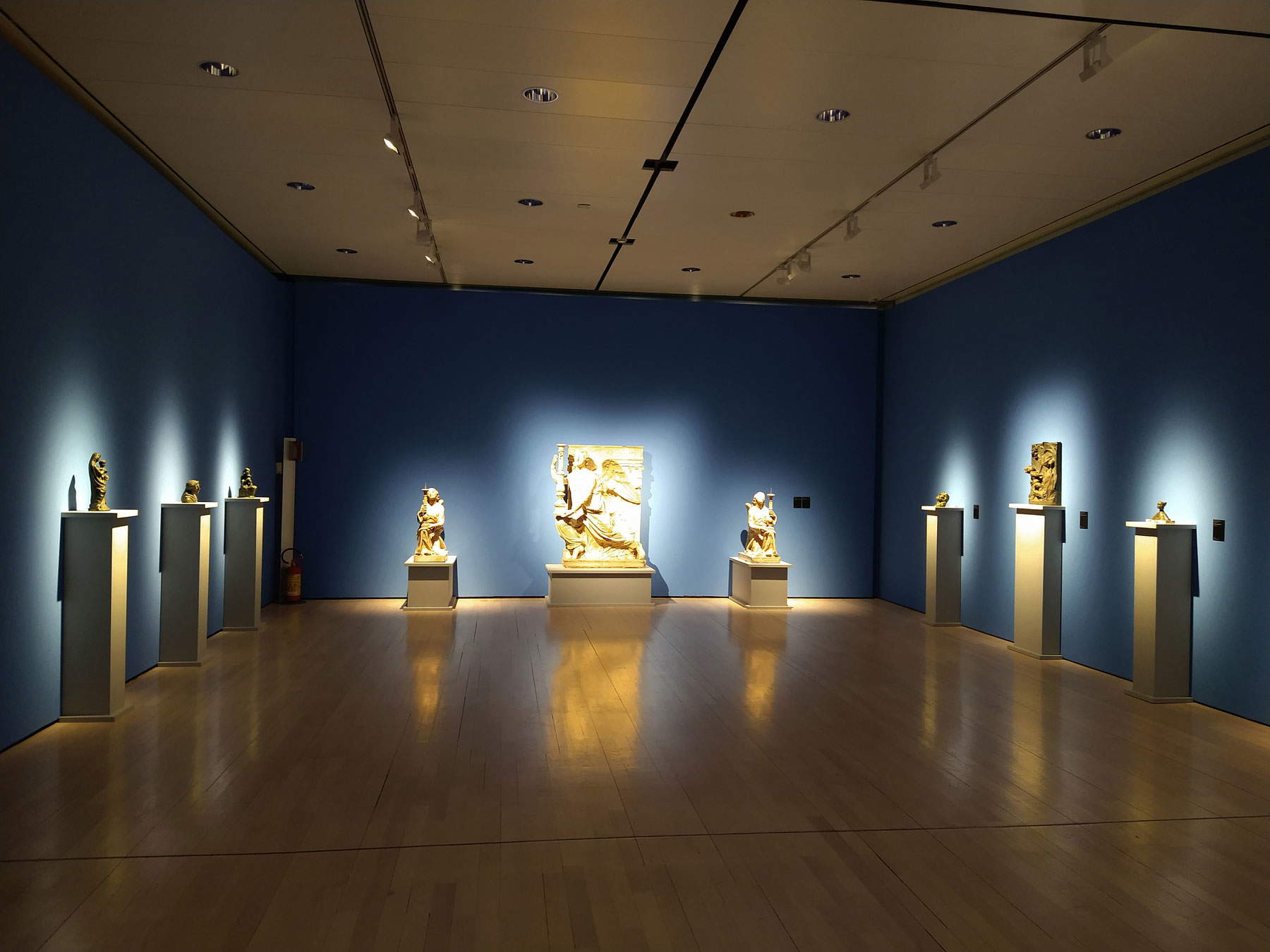

The exhibition begins with a reproduction of theartist’s atelier, ideally evoked at the opening of the itinerary: the itinerary then continues with a section dedicated to the fake in art between the 19th and 20th centuries. In fact, between the end of the 19th and the first decades of the 20th century we witness, on the one hand, the birth of the great international collections (especially British and American) and, on the other, a profound interest in medieval and Renaissance art, particularly from Italy. The demand for antique works, fostered by the large estates of American buyers, is such that it encourages the placing on the antiquarian market of numerous forgeries made by skilled artisans, heirs to the Italian tradition of historic workshops. The itinerary then opens with the works of three forgers who operated at the time: Giovanni Bastianini (Camerata, Fiesole, 1830 - Florence, 1868), the author of Renaissance-style creations such as the portrait of his friend painter and restorer Gaetano Bianchi in fifteenth-century clothing; Dossena’s best pupil, Gildo Pedrazzoni (Parma, 1902 - Rome, 1974), and the eclectic and eccentric Icilio Federico Joni (Siena, 1866 - 1946), who in his 1932 autobiography described himself as a “painter of ancient paintings,” specializing in gold-backed panels that trace the style of the Sienese Primitives.
The second section of the exhibition introduces the public to the figure of Alceo Dossena: the artist began working at a very young age in the workshop of a marble worker in his hometown of Cremona, after being expelled from the School of Art because of a prank that already foreshadowed what the continuation of his career would be: during some earthworks for a public engineering project the artist had buried a small Venus sculpted by him in order to make the public believe that an important ancient work had been found, and only a moment later would he reveal that he was its author (that is, after his professor had declared the artifact’s authenticity). In 1908 Dossena moved to Parma to work for Umberto Rossi, a stonemason who had acquired some fame as a restorer and copyist of ancient marbles. In 1912 the two founded the firm “Dossena e Rossi,” and a number of works carved in the Gothic style by Benedetto Antelami date from that period. During the war years, in Rome, Alceo met antiquarians Alfredo Fasoli and Alfredo Pallesi, who commissioned dozens of sculptures from him in the antique style, later tracing them, as mentioned above, to the fake discovery of an ancient cathedral. Many of these works were sold in the United States, but around 1926 the first suspicions began to circulate about the existence of an Italian artist who was the author of Greek, Etruscan, Gothic, and Renaissance forgeries. The scandal broke out in 1928, when Dossena broke off all relations with antiquarians and opened the doors of his Roman studio to the young art historian H.W. Parsons, a consultant to numerous American museums, showing him photographs that documented all his production. From this moment on, the artist began to sign and date his works, alternating between creating works in the antique style and others of contemporary taste. The notoriety achieved thanks to the scandal allowed him to establish himself as one of the greatest virtuosos of sculpture, but it was a short-lived fame and, in 1937, the artist died poor and forgotten.
In the exhibition it is also possible to realize Alceo Dossena’s technical skills: in fact, the forger was able to imitate a style rather than a particular work, sometimes mixing details taken from different artists. Dossena was able to treat the material in the finishing stages, giving the sculptures the “patina of time.” In his workshops he had carved out tanks, where he would immerse unfinished and unpolished marble sculptures in solutions based on various coloring substances. To promote deep penetration of dirt, Dossena would heat the stones before soaking them. Subsequent grinding and polishing removed most of the soiling, bringing out the underlying layer, which was characterized by a coloration reminiscent of the effects of centuries of dirt and candle smoke. Breaks and misses typical of ancient sculpture were also artfully created by scarring parts of the face or reassembling previously broken parts.
The penultimate room of the exhibition features a selection of the nucleus of Dossena’s works that belonged to Carlo Francesco Ansaldi, a Tuscan lawyer and art enthusiast who collected a large number of works by the Cremonese artist, so much so that it suggests a privileged relationship between the two. Ansaldi notably acquired many neo-fifteenth-century works, such as the Madonnas with Child whose relief is reminiscent of Donatello’s typical “stiacciato,” but also a production in the modern style, such as the Portrait of Homer with its wavy and frayed forms. The Ansaldi collection well documents, in fact, that original creative vein that Dossena developed especially in the 1930s, in the small-format sacred subjects designed for private devotion or in the portraits of Giuseppe Verdi. Moreover, thanks to the presence of numerous works in bronze and terracotta, it offers a broad spectrum of techniques used by the artist. Offered to the Italian state by the lawyer Ansaldi’s son in the mid-1970s, this collection did not find a place in the capital’s museums and was destined, instead, to the Civic Museum of Pescia, the collector’s hometown, where it is still located today.
The exhibition concludes with a section devoted to two examples of “authentic fakes” that belong to more recent times: the three “heads of Modì” created by three students from Livorno who sculpted a head in the manner of Amedeo Modigliani and threw it into the city’s Fosso Reale, where the artist was said to have thrown four sculptures he deemed unsatisfactory. On the occasion of an exhibition dedicated to Amedeo Modigliani, in fact, curators had decided to dredge the ditch in search of the legendary heads, only to come across the prank sculptures. For many days critics were divided over the authenticity of the sculptures, until the students revealed themselves with a public demonstration of how they had carved them out of stone using an electric drill. Finally, the last works on display are those of Lino Frongia, for whom copies from the ancient are “an exercise in style.” Like Dossena, Frongia combines great technical skill with an amazing ability to identify with the works of the masters. This can be seen in the canvases on display, taken from paintings by Cagnacci, Piazzetta, Raphael, Titian, and the Flemish Sustris. The artist explains this mimetic activity as follows, “I am passionate about painting technique. And, independently of my research work, I make copies from the paintings of the masters. It is a practice in which my style disappears. I depersonalize myself completely.”
The exhibition can be visited during the opening hours of the Mart in Rovereto: Tuesday through Sunday from 10 a.m. to 6 p.m. (Fridays until 9 p.m.), closed Mondays. Tickets: full 11 euros, reduced 7 euros, free for children and young people up to 14 years old and disabled. For information, visit the Mart website.

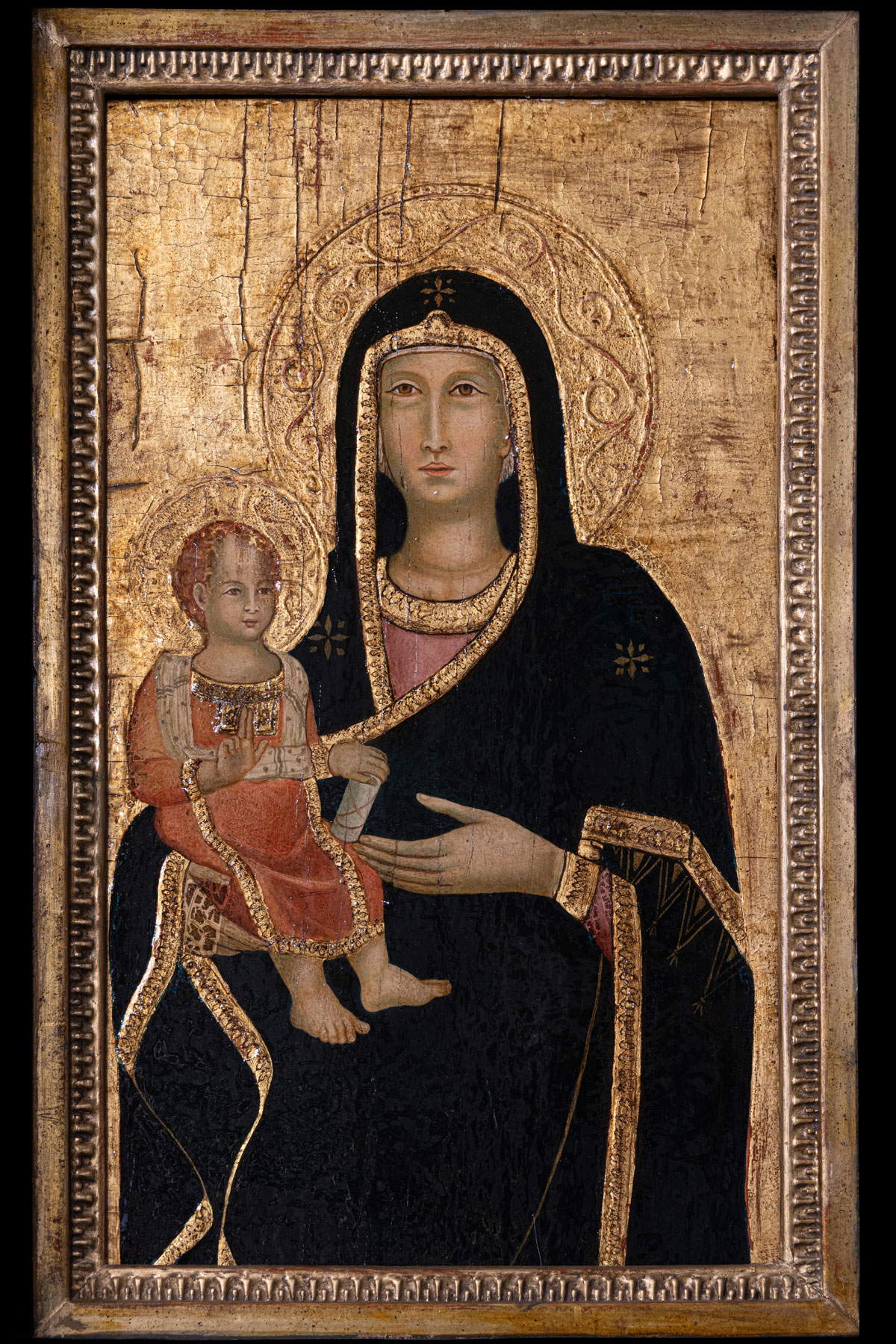
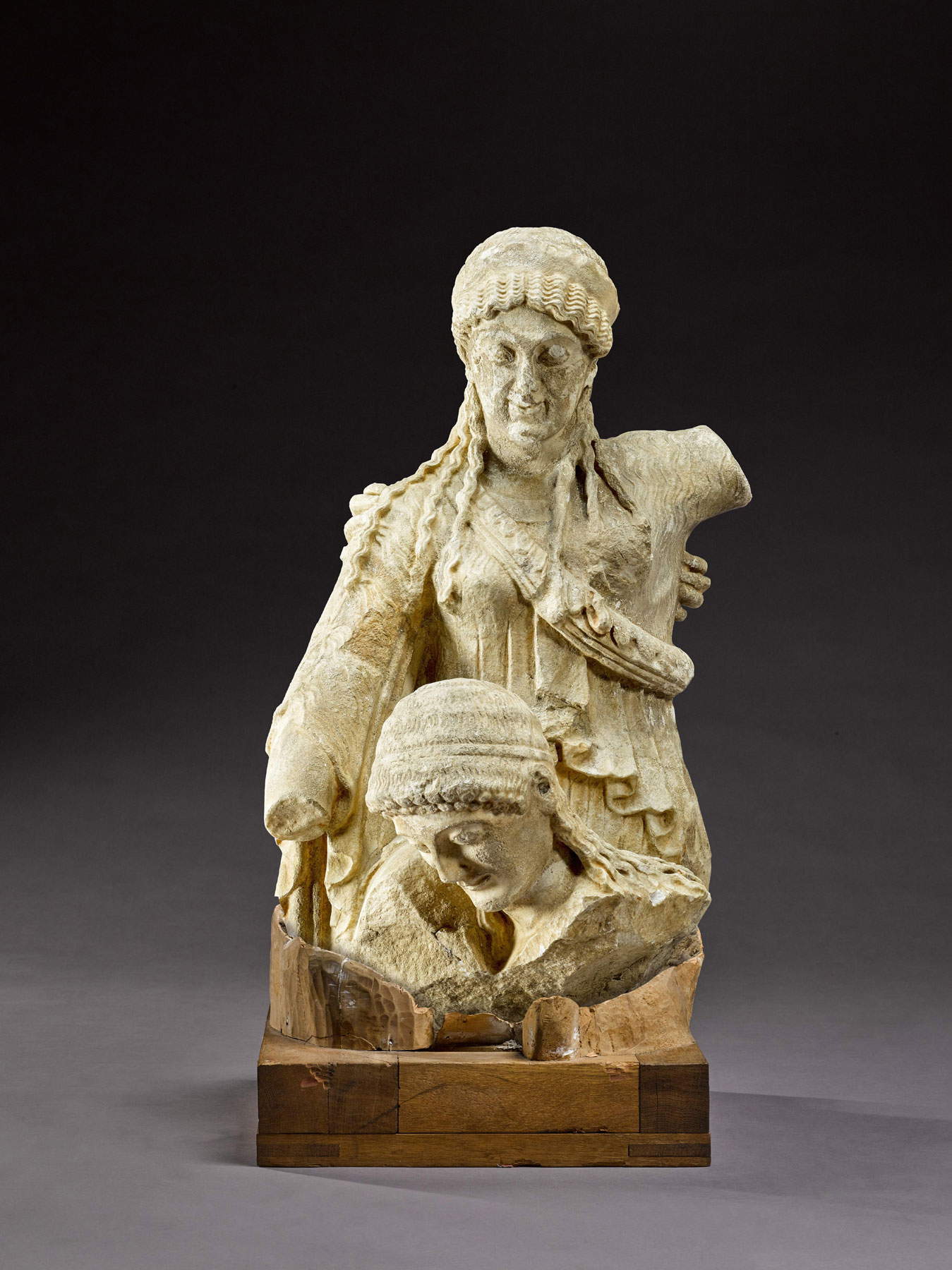
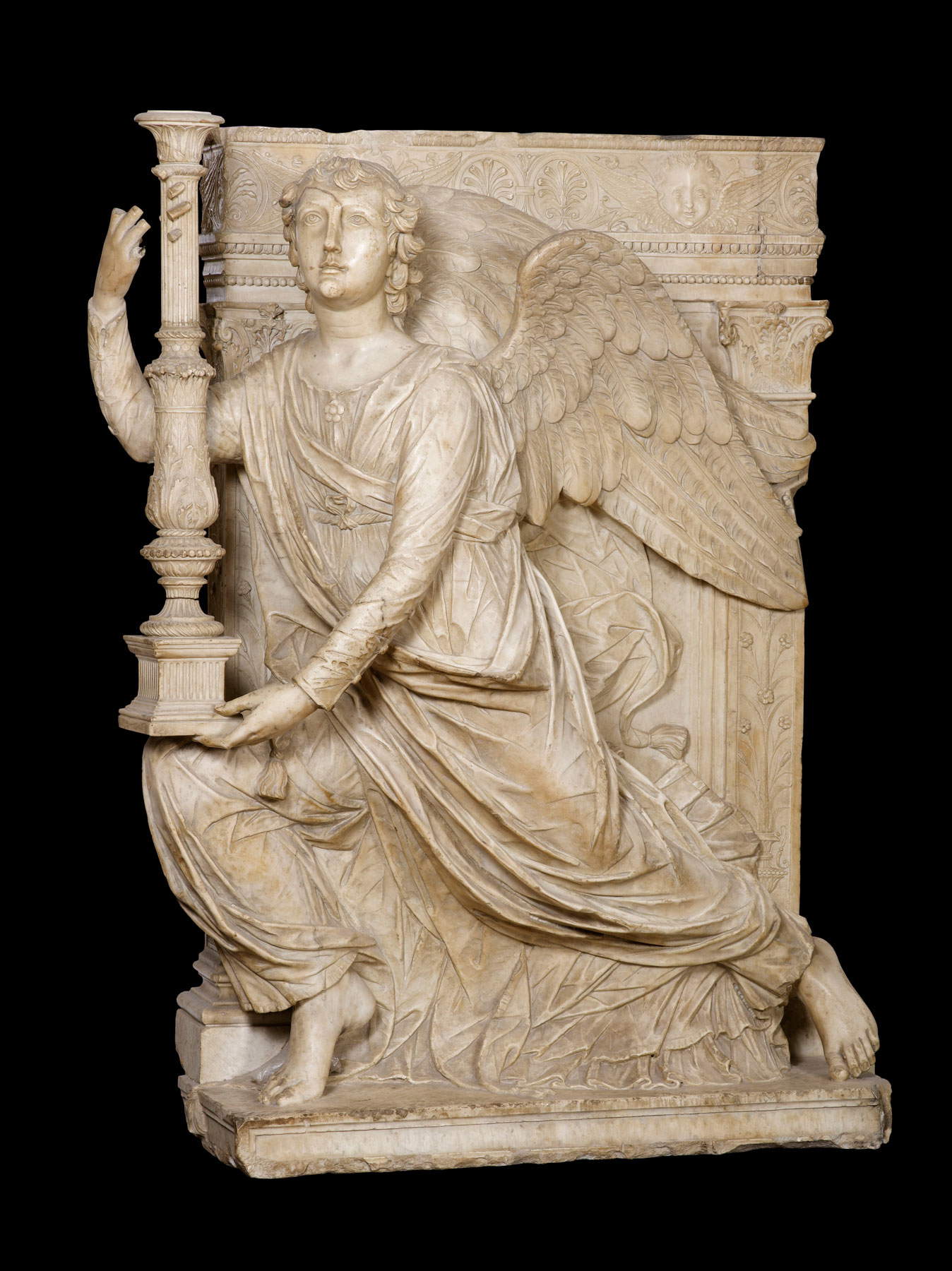
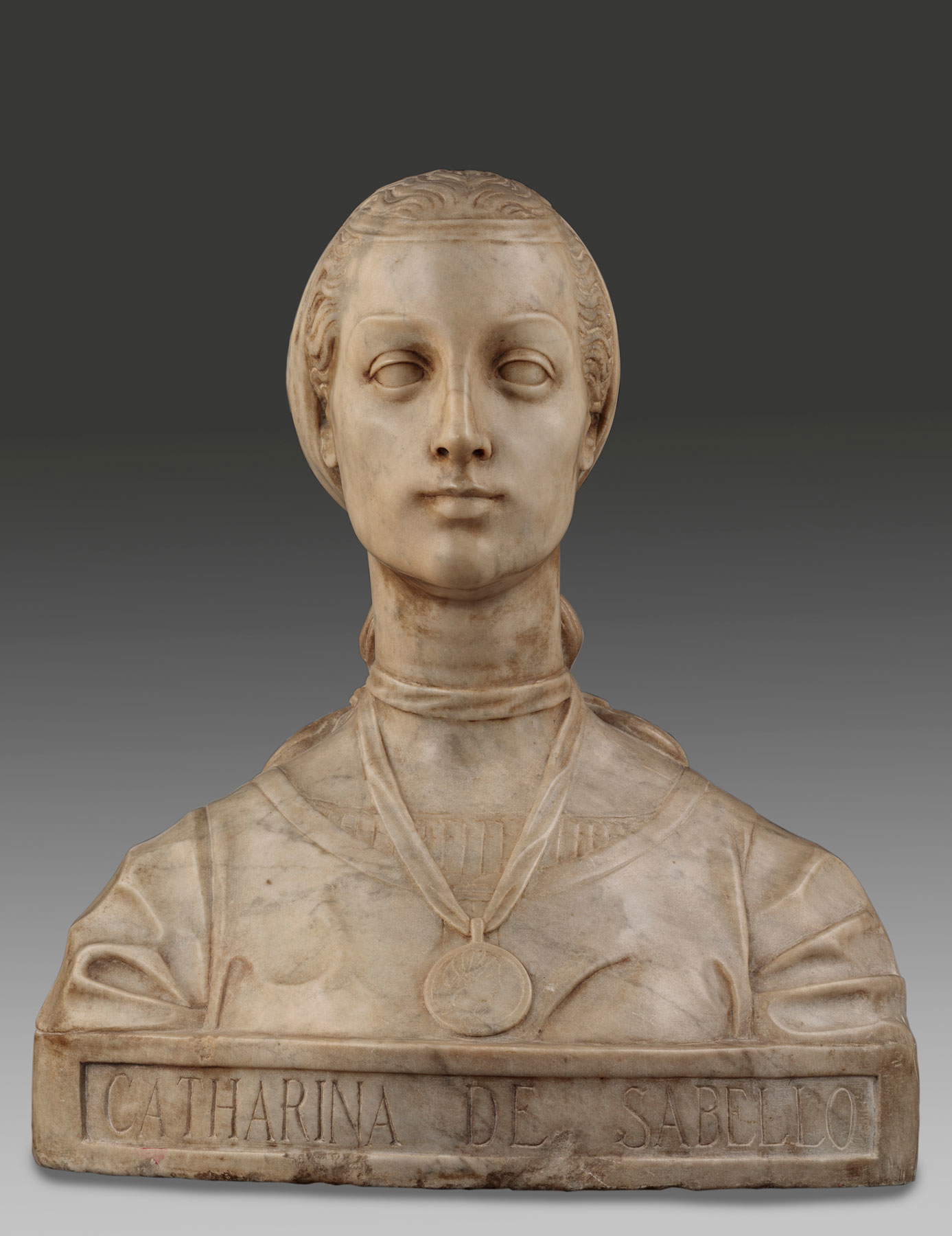

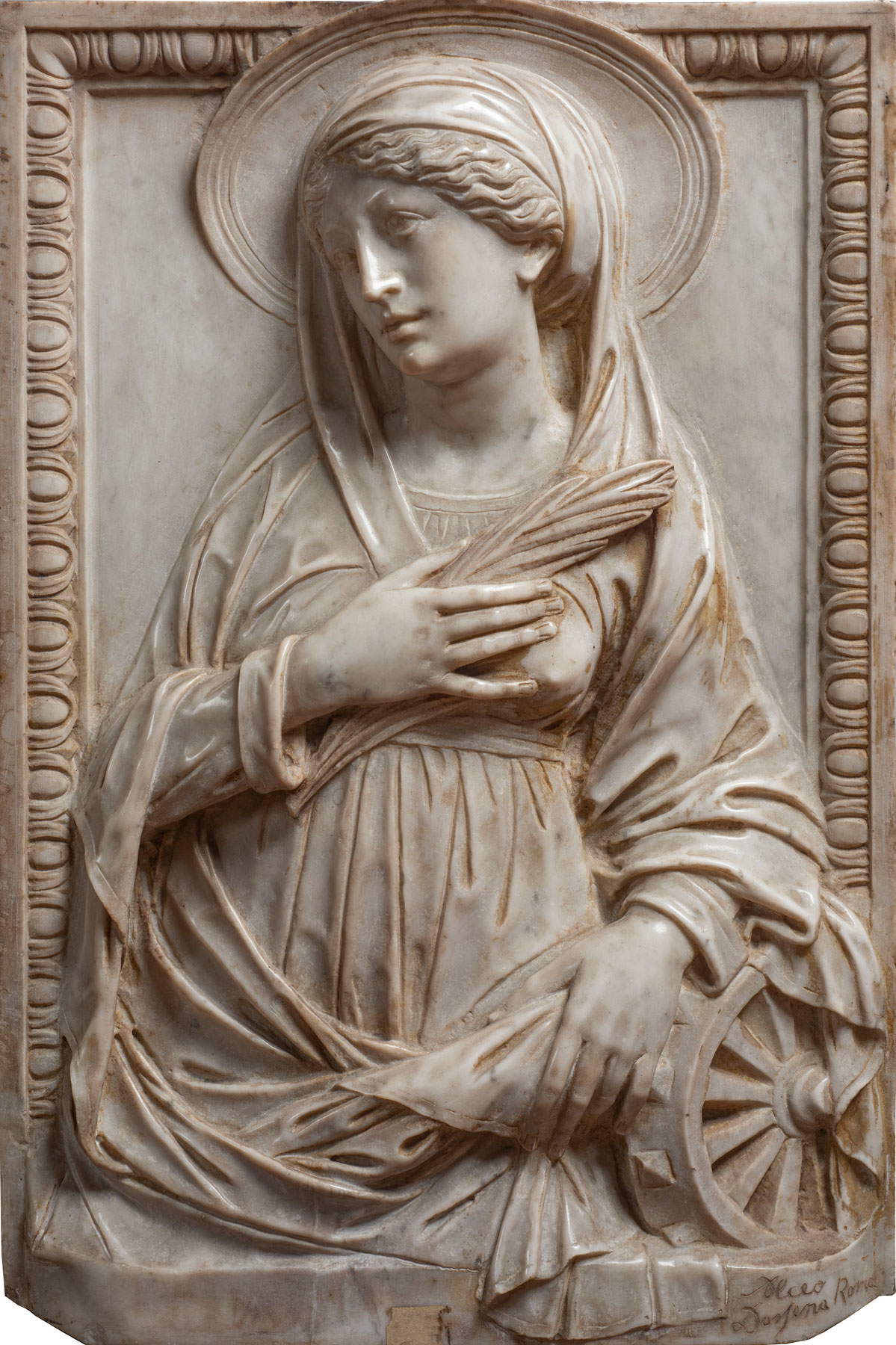
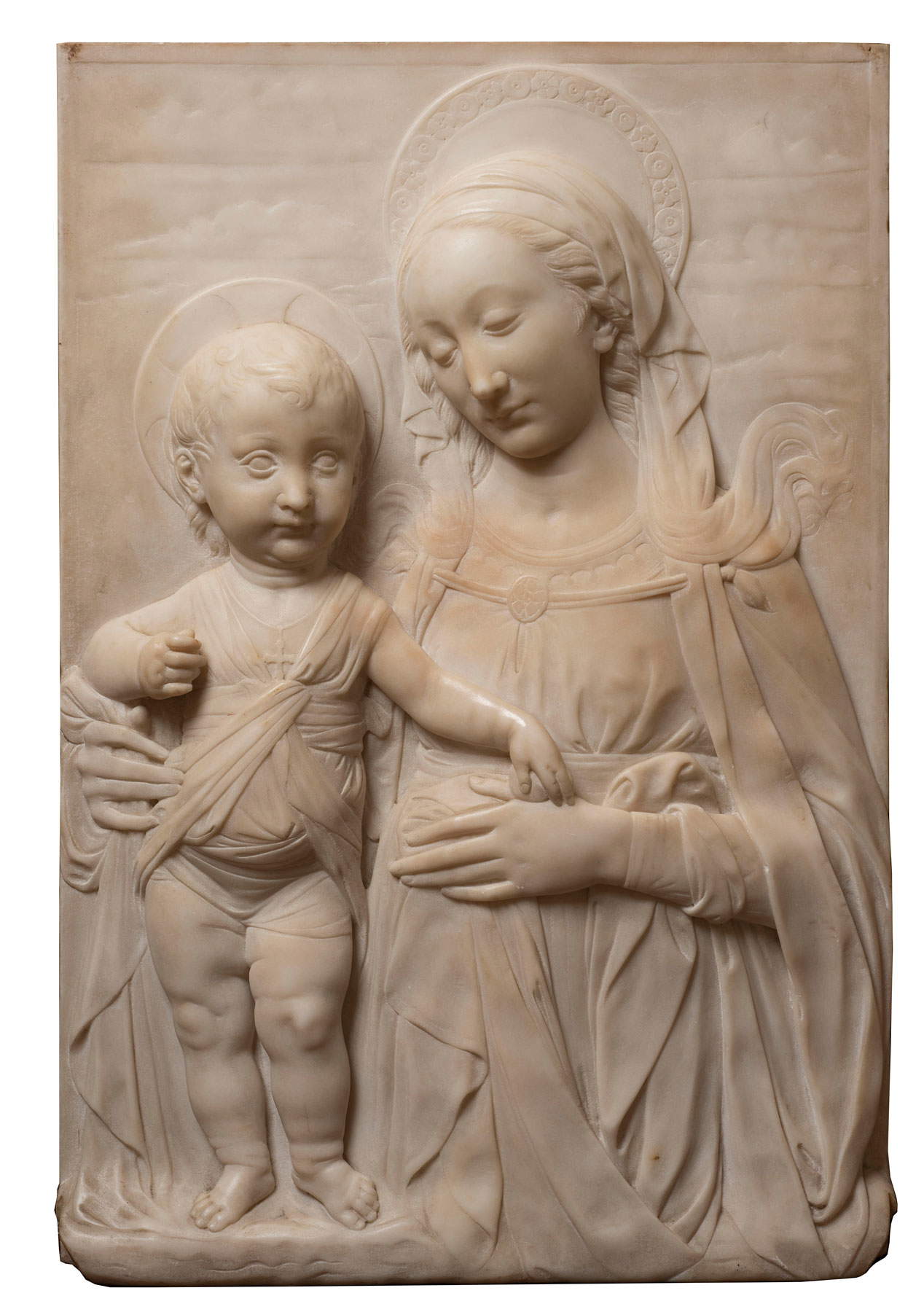


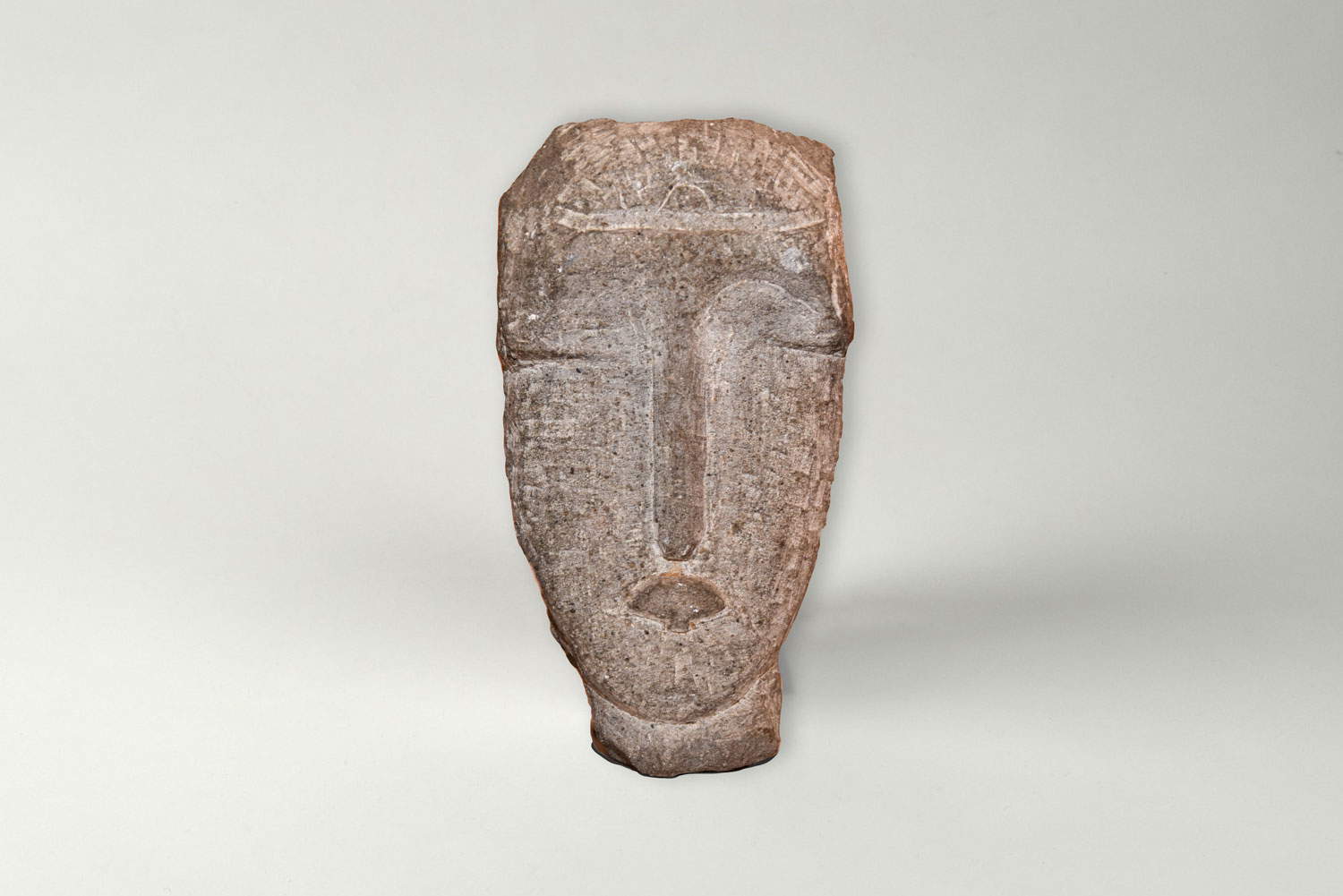
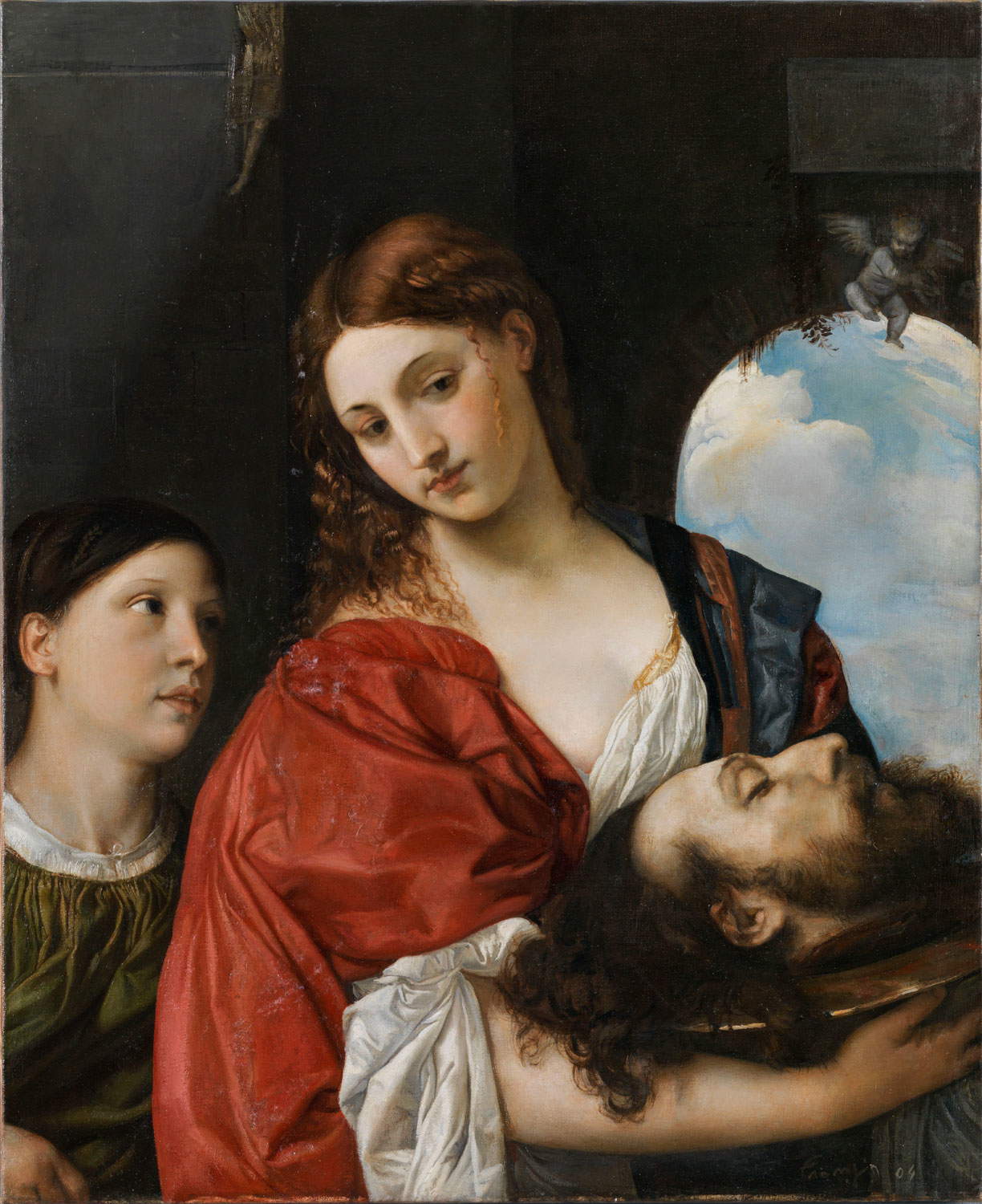
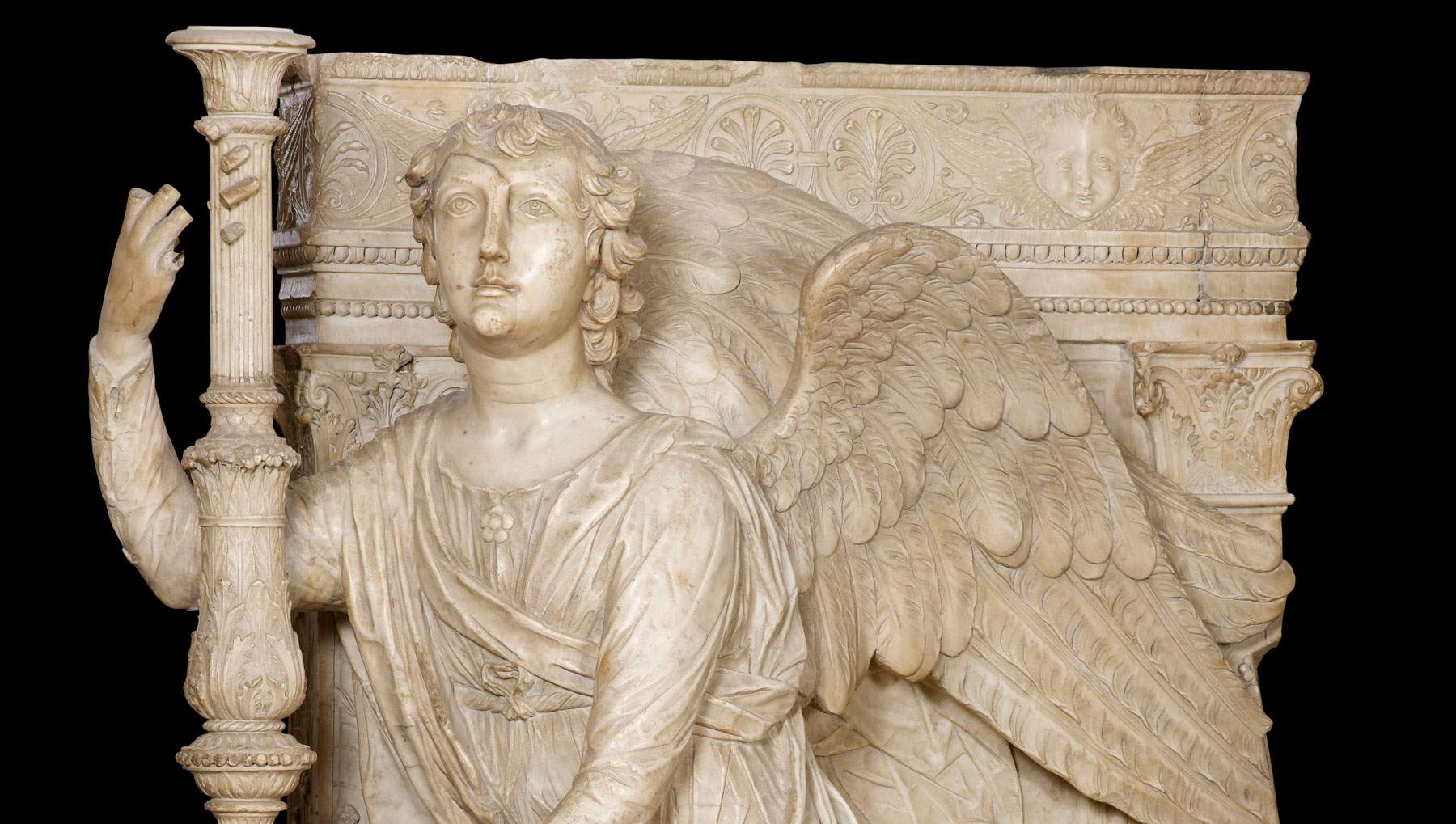 |
| At Mart in Rovereto, the largest ever exhibition on Alceo Dossena, more than a forger |
Warning: the translation into English of the original Italian article was created using automatic tools. We undertake to review all articles, but we do not guarantee the total absence of inaccuracies in the translation due to the program. You can find the original by clicking on the ITA button. If you find any mistake,please contact us.